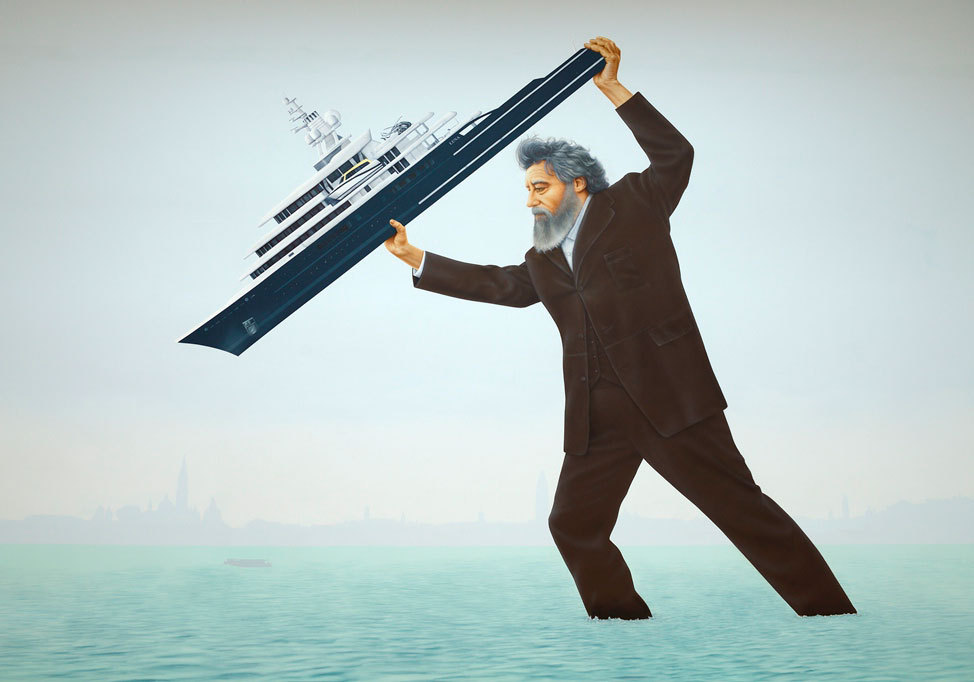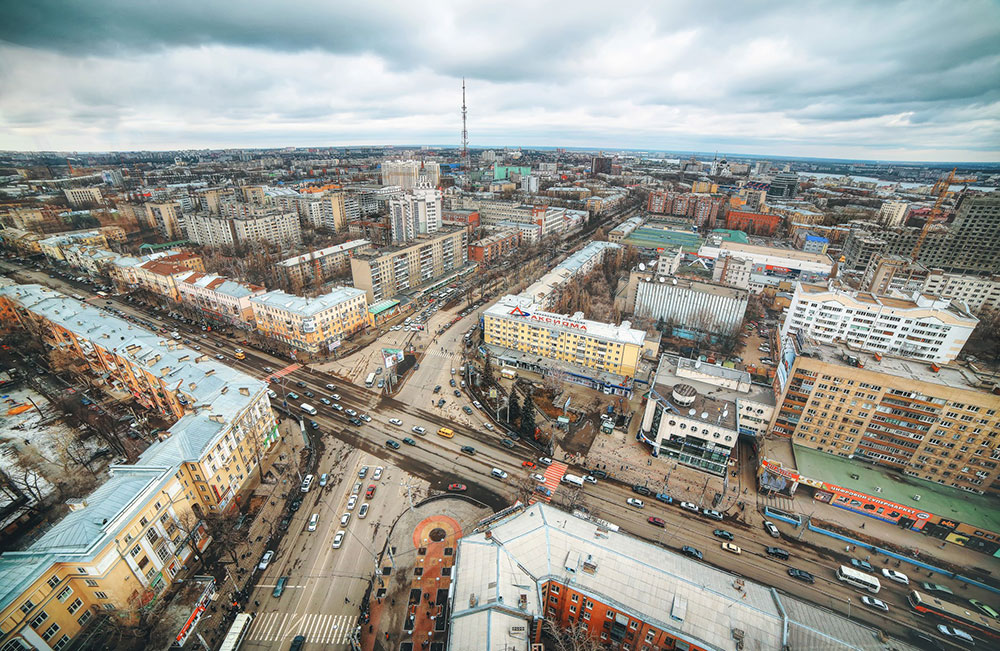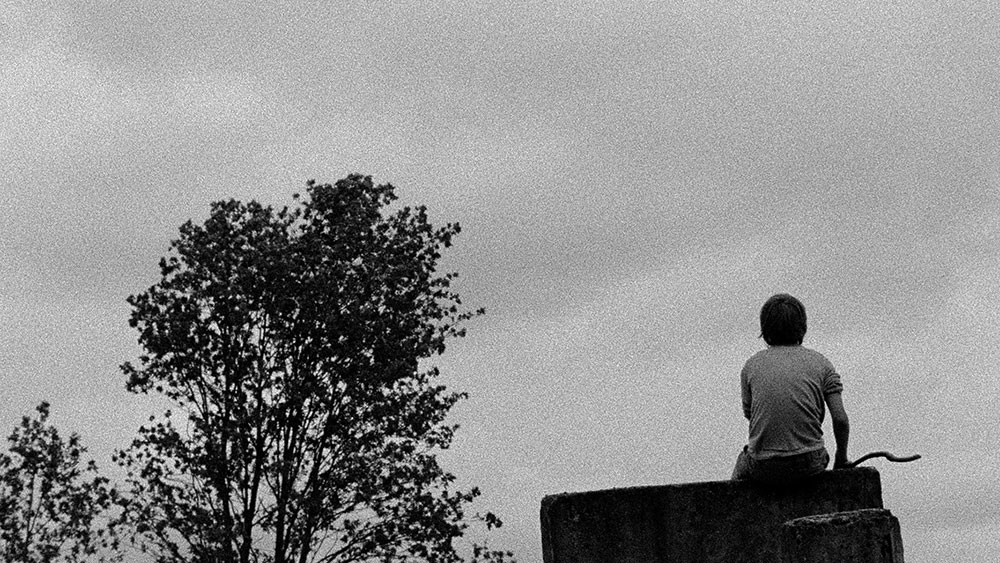Letter from the fascinating, forbidden land of Dagestan
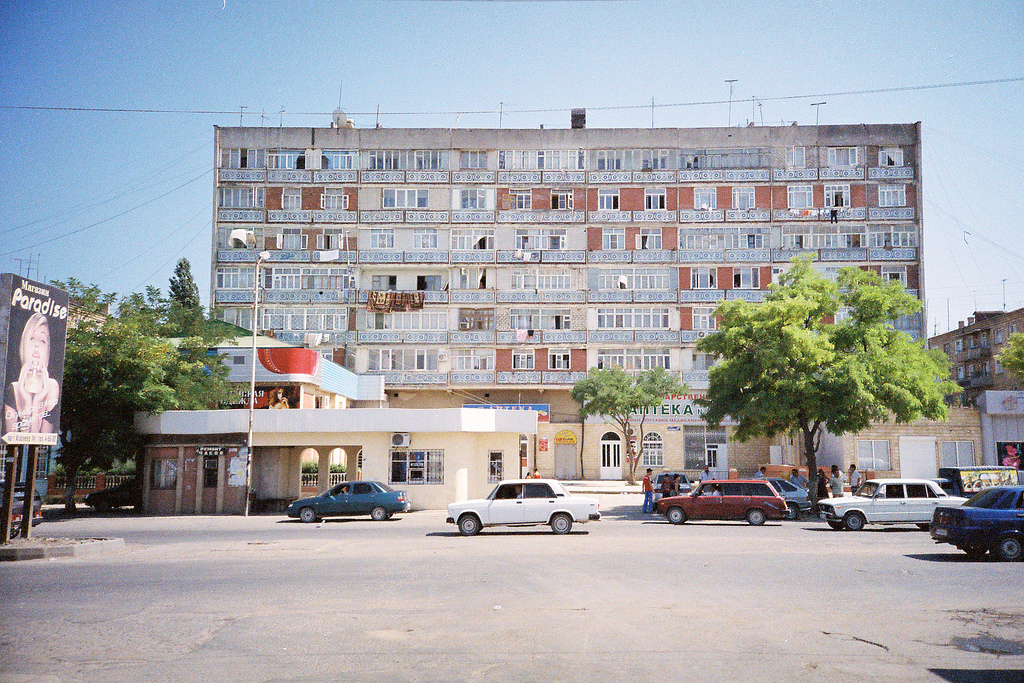
Dagestan is a no-go tourist zone. Yet it boasts breathtaking scenery, a rich culture and a hospitable people. You shouldn't go, but you should want to, writes Jamie Rann
You’re not supposed to go to Dagestan. The Foreign Office and the US State Department make it abundantly clear that their citizens should stay well away. I’m not saying these authorities are wrong — better safe than sorry — but they should, at least, add a qualification: “We advise against all travel to Dagestan…but it’s a real shame that you can’t go because it’s absolutely fantastic there and the people are ever so nice. And the scenery…! Oh, and the food…!”
The autonomous republic of Dagestan is in the very south of Russia, down where the Caucasus meets the Caspian. Its capital, the boisterous port city of Makhachkala, is famous for two things: football and terrorism. When local team Anzhi Makhachkala debuted in the UEFA Europa League in 2012, they quickly won a cult following, thanks to their unpronounceable name, their roster of ageing superstars and the curious fact that the entire squad lived over a 1,000 miles away in Moscow, only flying in for home games.
It wasn’t just the proximity of neighbouring Chechnya that put off the millionaire mercenaries: it is reported that in 2012, 405 people died as a result of armed conflict in Dagestan. The connection between Dagestan and violent Islamic fundamentalism has only been strengthened by the revelation in April that Anzor and Zubeidat Tsarnaev, the parents of the alleged Boston bombers, Dzhokhar and Tamerlan Tsarnaev, live in Makhachkala.

Derbent, Dagestan. Photograph: Bolshakov under a CC licence
But, as people keep telling me while I am here, this isn’t the true face of Dagestan. It’s so much more than what you see on TV. It’s a land of culture, of beauty, of hospitality; a land of possibility, if only it were given a chance.
“The petrol stations are pirate knock-offs with misspelled brand names — would you fill up with confidence at the equivalent of a Sheell or a Texxako?”
I have been invited to Makhachkala for the re-opening of the Dagestan Museum of Fine Arts, which had just gone through a high-spec restoration to provide a fitting home for its extensive and invaluable collection of local paintings, weaponry and jewellery. Consequently, the locals I meet are from what used to be known as the intelligentsia — museum workers, poets, artists. Their impassioned talk of the healing and unifying power of culture may draw deep from the well of Soviet cliches, but every word is said with conviction. These people have been cut off from the new Russia twice over: first by the fall of the Soviet Union and the accompanying collapse of cultural infrastructure, and then by the hostility to the Caucasus and its inhabitants that has taken now hold in the Russian heartlands.
My sympathy, therefore, is initially with these ostracised relics of Soviet unity, stranded in an unloved land and rejected by Russians that claim to have “had enough of feeding the Caucasus”. But, as I see the transformative effect our brief trip to Dagestan has on the Russians travelling with me, I realise that the real losers in this scenario are perhaps not people in Dagestan, but people in Russia. Dagestan may need Russia, but Russia needs Dagestan even more.
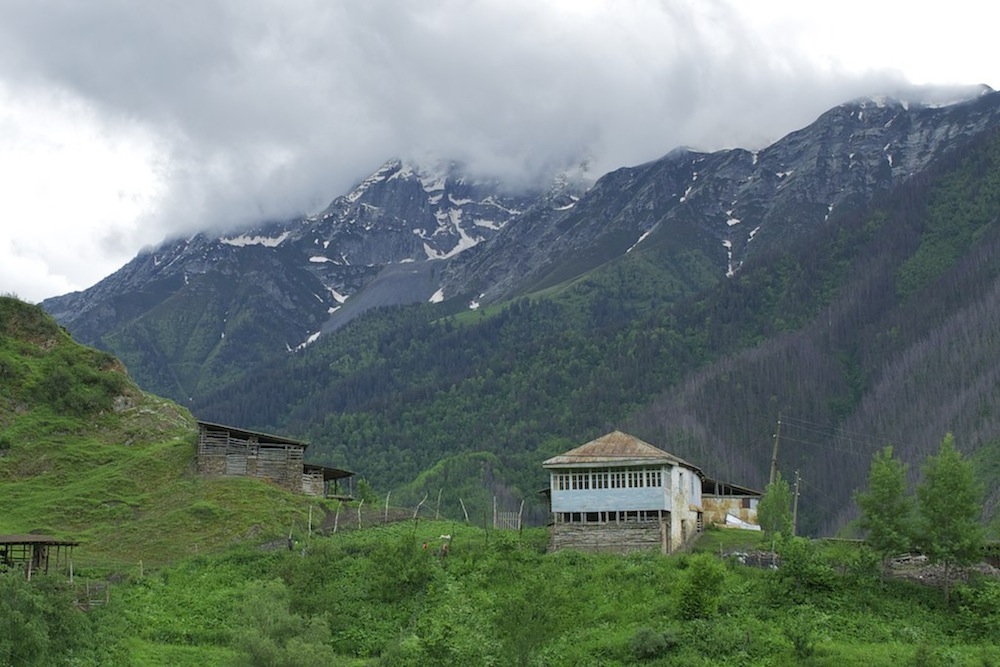
Tlyarata, Dagestan. Photograph: Ilyas Hajji under a CC licence
The tiny republic is one of the most ethnically and linguistically diverse places in the world. More than 30 languages are spoken in an area smaller than Scotland. Ethnic identity remains paramount, but it is combined with a strong sense of regional belonging, partly as a result of external assumptions. One woman I speak to, an art historian specialising in woven carpets, says: “You never forget about your people, but once you’re outside Dagestan, you’re Dagestani.”
The complex interplay of identities is reflected in the title of the exhibition that marks the re-opening of the museum, Dagestan Through the Eyes of Russian Artists. There’s something about a policeman with a machine gun guarding the door that primes you to look for a political agenda so at first I take the title as a statement of pro-Moscow loyalty. But, on reflection I realise that it’s a reminder of Dagestan’s permanently liminal position: in Russia, but not of Russia. You’d hardly have an exhibition called “Arizona through the Eyes of American Artists.”
“Like some sort of Caucasian branch of the NRA, the approved route to peace here is very much ‘speak softly and carry a big gun’”
The content of the show perpetuates this ambivalence. Figurative art was introduced to this predominantly Muslim region 150 years ago, by painters who were, to use the contemporary terminology, embedded with Russian troops. Consequently, their orientalising works depict glorious battles between dashing Russian generals and bold but cunning mountain men. Wandering round the gallery, therefore, one can’t help but remember the tense history between Dagestan and its “Russianness”.
Nevertheless, as we drive around Makhachkala much about the city seems so very, very Russian. The aforementioned forgotten caste of Soviet-trained museum workers and state-sponsored poets; the gala opening with interminable speeches, interminable nibbles and unbearable sweet white wine; the salty local mineral water; the ugly new-build hostelries with ridiculous English names like Hotel Lord, Cafe Elsinore and Club Essay; the young blonde mum in a satin-finish pencil skirt dancing with her kid at Cafe Breeze.
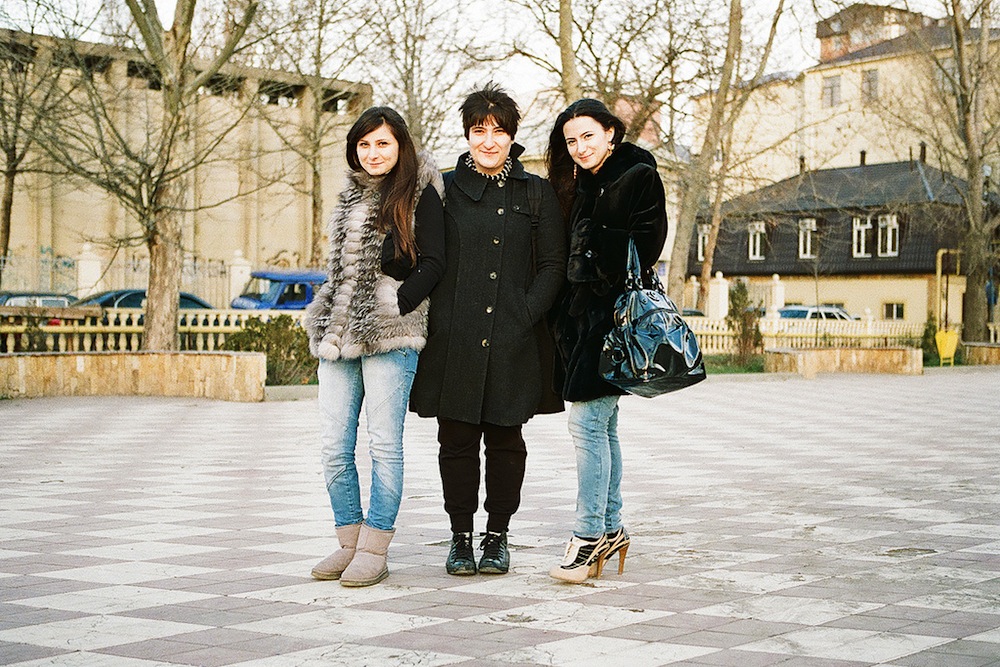
Makhachkala, Dagestan. Photograph: Bolshakov under a CC licence
But you soon spot the subtle differences: the cars are as fancy as in Moscow, but some of them have curtains on the windows; there are fewer bars and more hookah joints, with bathetic names like Abu-Dhabi; the somnolent security guards aren’t joking when they ask you if you’re carrying a gun; the petrol stations are pirate knock-offs with misspelled brand names — would you fill up with confidence at the equivalent of a Sheell or a Texxako?
And then there is the military presence, which provides a link between the battle scenes in the museum and the bowling alleys and boulevards outside. As we drove from the airport, I was reminded of childhood trips to Northern Ireland: not only was there persistent drizzle falling on verdant pastureland and dour harbours, but there was also that same sense of vague unease occasioned by men in helmets and police stations hidden behind sheets of green fencing inscribed with curlicues of barbed wire. And the unanswered, unanswerable question in your mind: are we in the same country anymore?
“Up here, surrounded by waterfalls and whirling eagles, everything seems possible and impossible at once”
The day after the museum opening we take a minibus up from the coastal plain and into the mountains towards Chechnya. We are heading for the Khunzakh plateau, the historic homeland of the Avar people, a place of such dramatic beauty that, after an initial gut-punch of awe, it almost invites cynicism: one rainbow-strewn waterfall plunging into the valley below is fine, but four, plus an eagle circling overhead, that’s just overkill.
The journey is punctuated by long waits at army roadblocks. While our passports are checked, we spend an hour outside the small, troubled town of Gimry, basking in the sun, listening to the eastern-inflected hip-hop (a Caucasian speciality) that pours out of a roadside shop and admiring the wispy clouds scuttling over the crags. The military post — replete with teenage snipers lurking behind rocks — is a few minutes from the tower where, a century ago, rebel leader Imam Shamil escaped from a 30,000-man siege by leaping 30ft straight on to a waiting bayonet, which he calmly yanked from his torso before scrambling up a vertical cliff face to safety.
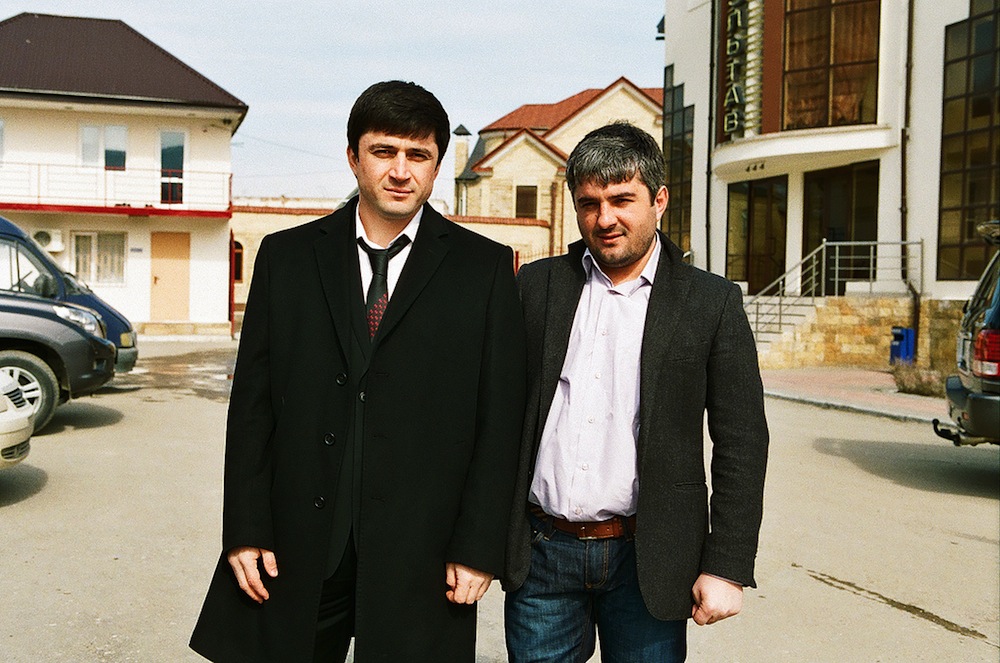
Makhachkala, Dagestan. Photograph: Bolshakov under a CC licence
Later, up on the plateau, we chat to some Avar men over a generous feast of marinated mountain lamb, mukh — a spiced bean stew — and nettle-laced khinkal dumplings. The men talk with relish about the feats of the ancestors in resisting the Russians, but are quick to dismiss contemporary insurgents as a tiny, radicalised minority practising an alien form of Islam. They do, however, share with many Russians a passion for conspiracy theories, and so are quick to cast doubt over the official explanation for the Boston bombings.
The conversation moves to the prospect of peace and it becomes clear that, like some sort of Caucasian branch of the NRA, the approved route to peace here is very much “speak softly and carry a big gun”. But yet it seems somehow harmless. Their fetishisation of weaponry has a sort of Last of the Summer Wine hobbyism about it: the old fellows have built their own cannon to fire off blanks in the direction of a rival village.
“This is the real gift that Dagestan can give Russia, not just landscapes and lamb kebabs, but the possibility of difference”
Up here, surrounded by waterfalls and whirling eagles, everything seems possible and impossible at once: both the hopes for an end to bloodshed and the plans for economic regeneration by building a hotel and ski resort up on the plateau. Meanwhile, the double move to and from Russia continues. This is the birthplace of another 19th-century rebel, Hadji Murat, whose story — soldier for the tsar’s army deserts and becomes legendary resistance leader — is immortalised in Tolstoy’s novel of the same name.
Tolstoy had travelled to the Caucasus as a young soldier. Stories of conflicts and convergences between Russians and Caucasian mountain men bookend his career, in the novellas Cossacks (1863) and Hadji Murat (1904). Tolstoy was following in the footsteps of poets Alexander Pushkin and Mikhail Lermontov, who brought the region into the heart of Russian literature in classic works like Prisoner of the Caucasus (1821) and Hero of Our Time (1841). The peaks and ravines of the Caucasus became not just a homemade Switzerland in which newborn Russian Romanticism could soar, but also a testing ground for Russian identity, a place where the idea of being Russian could be formed and articulated. In part, this identity was formed in opposition to the orientalised and romanticised notion of the men of the mountains. But, as Tolstoy hints in both Cossacks and Hadji Murat, there is no thick black line dividing Russian culture from the Caucasus — the two are in endless dialogue, each informing the other.
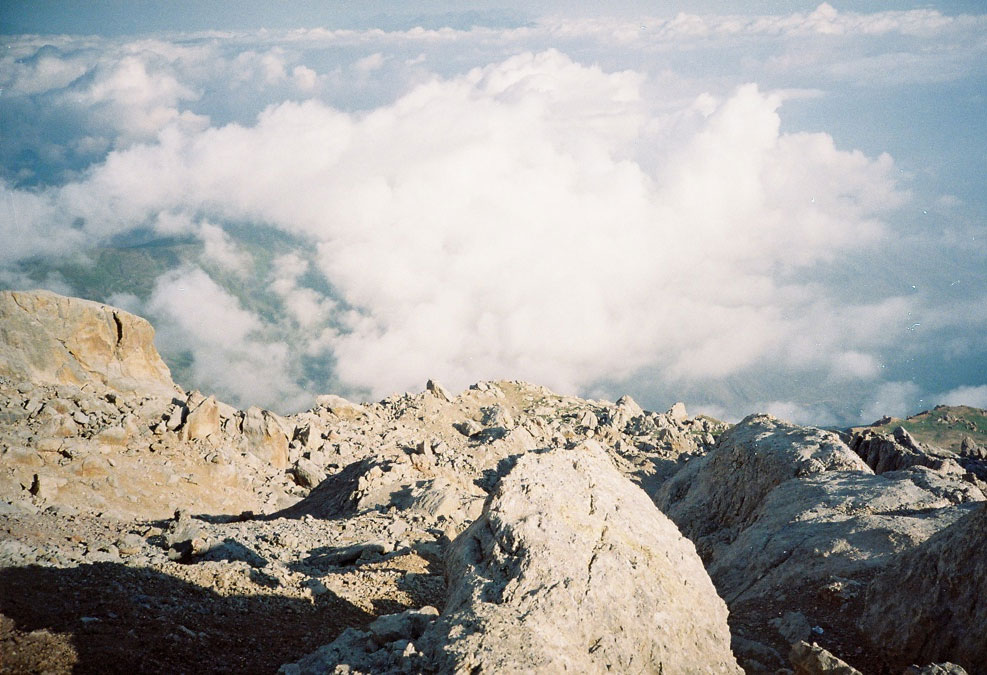
Shalbuzdag Mountain, Dagestan. Photograph: Arthur Shuraev under a CC licence
I think about this tradition of cultural interchange on the long drive up the mountain, as I listen to the photographer quiz our guide on the finer points of Islam with real curiosity, and, later, as I watch hardened hacks drink in the old men’s Avar legends with wide-eyed wonder. More than once, I hear these Muscovites express real pride that their country, Russia, contains such beauty and such diversity. This is the real gift that Dagestan can give Russia, not just landscapes and lamb kebabs, but the possibility of difference.
The harlequin demographic map of Dagestan is a reminder to Russia and the Russians that the identity of nation and ethnicity is a fiction; that their country has been a multi-ethnic empire for at least a millennium; and that the legacy of this mixing of peoples and cultures is not only integral to Russia but also a benefit. Dagestan is a rebuke to those who would like to make Russia seem simple — united, Orthodox, straight, Slavic, obedient — and living evidence that Russia and Russianness, or, in fact, any national identity, is complex, contested, constantly under negotiation.
“You’re not supposed to go to Dagestan. And you shouldn’t. But you should want to”
It is, of course, a negotiation that, in Dagestan, all too often spills over into violent conflict, creating an atmosphere of tension that strangles mutual understanding. On the day we leave Makhachkala, smiles on faces and hearts in mouths as our plucky little plane sputters off the sun-baked runway, a bomb explodes in the centre of town. Four people are killed. The cycle continues, regardless of the beauty and the hope all around, and the people trying so valiantly to use culture to bring unity; regardless of the benefits that Dagestan and Russia can bring each other.
You’re not supposed to go to Dagestan. And you shouldn’t. But you should want to.
